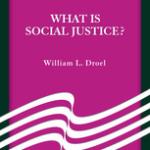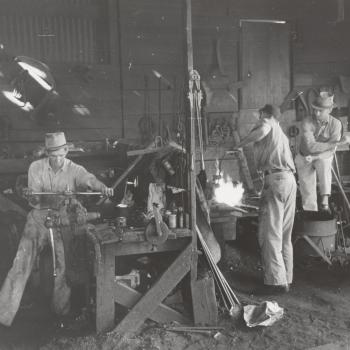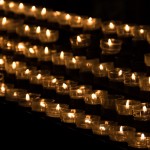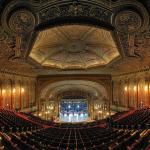Nearly 250 people, including a fair number of high school students, filled St. Barnabas church on Chicago’s southwest side for an early March conversation on neighborliness with particular focus on immigration and refugees. It was a unique event because Christians, Jews and Muslims participated.
There is general assent to the importance of neighborliness in our country, said Rami Nashashibi of Inner-City Muslim Action. However, differences in attitude occur as people define neighborliness differently. For example, the geographic boundary for “my neighbors” can be only one block or even less.
Nashashibi recently took his wife and three children to New York City and, like many tourists, they boarded a ferry for a trip to Liberty Island (which is Federal property). Hashashibi’s ears tuned in when the tour guide discussed the October 1886 dedication of the Statue of Liberty (our country’s second most prominent symbol). The day began with a parade from midtown Manhattan down to Battery Park. Then a small flotilla continued the parade to the island. However, only dignitaries were allowed to attend the actual dedication. Among them, only two were woman. Other citizens had to remain in Manhattan. All that is, except a group of suffragists who charted a boat and moved-in close to Liberty Island. They applauded the statue’s use of a woman as our country’s symbol of freedom. But they challenged the dignitaries to make that symbolism a reality in the voting booth; something that did not occur until 1920 with the 19th amendment to the U.S. Constitution.
“This is why our country is great,” said Nashashibi. We celebrate our achievements, but we are also at times capable of admitting mistakes and in humility setting about the repair of society.
Ayah Chehade, a student at University of Illinois, also spoke at the St. Barnabas event. She writes poems and read one that referred to the Statue of Liberty, specifically to the poem at the statue’s base, “The New Colossus” by Emma Lazarus (1849-1887).
Lazarus’ poem was written in 1883 as a contribution to an art auction intended to raise money for the statue’s pedestal. During the previous seven years, except during an initial unveiling in Philadelphia, the statue could not be displayed for lack of a base. By the time of the 1886 dedication on Liberty Island, Lazarus’ poem was forgotten. It got a second life in the late 1930s as refugees fled Europe. In 1945 the poem, by then displayed on a bronze plaque, was affixed to the Statue of Liberty’s main entrance.
The poem and Liberty Island’s proximity to Ellis Island permanently shaped the statue’s symbolism for U.S. citizens and for all those around the world who admire our country. What began as a symbol of the struggle for liberty in overseas colonies and in other countries firmly became a symbol of welcome to the millions of “huddled masses” who have yearned “to breathe free” in our great land of liberty.
There is a danger for all of us who participated in the St. Barnabas event and for all others who participate in similar dialogue events. Leaving the parking lot and uplifted by our fellow citizens and by our neighbors, we are tempted to think that we did something. We did not; or at least not yet. Dialogue events and educational forums are not social change. They may cultivate the soil of patriotism or religious understanding. But the essential step occurs when groups (not an individual here and another individual there) devise better public policies and better institutions and then when those groups with sophistication and persistence set about to achieve realizable goals. The leaders of the feel-good event at St. Barnabas are well aware that the next essential step must be taken. Those leaders challenged the departing crowd to connect with like-minded groups and with specificity to advance the common good.
To be continued…
Droel edits INITIATIVES (PO Box 291102, Chicago, IL 60629), a print newsletter on faith and work.










